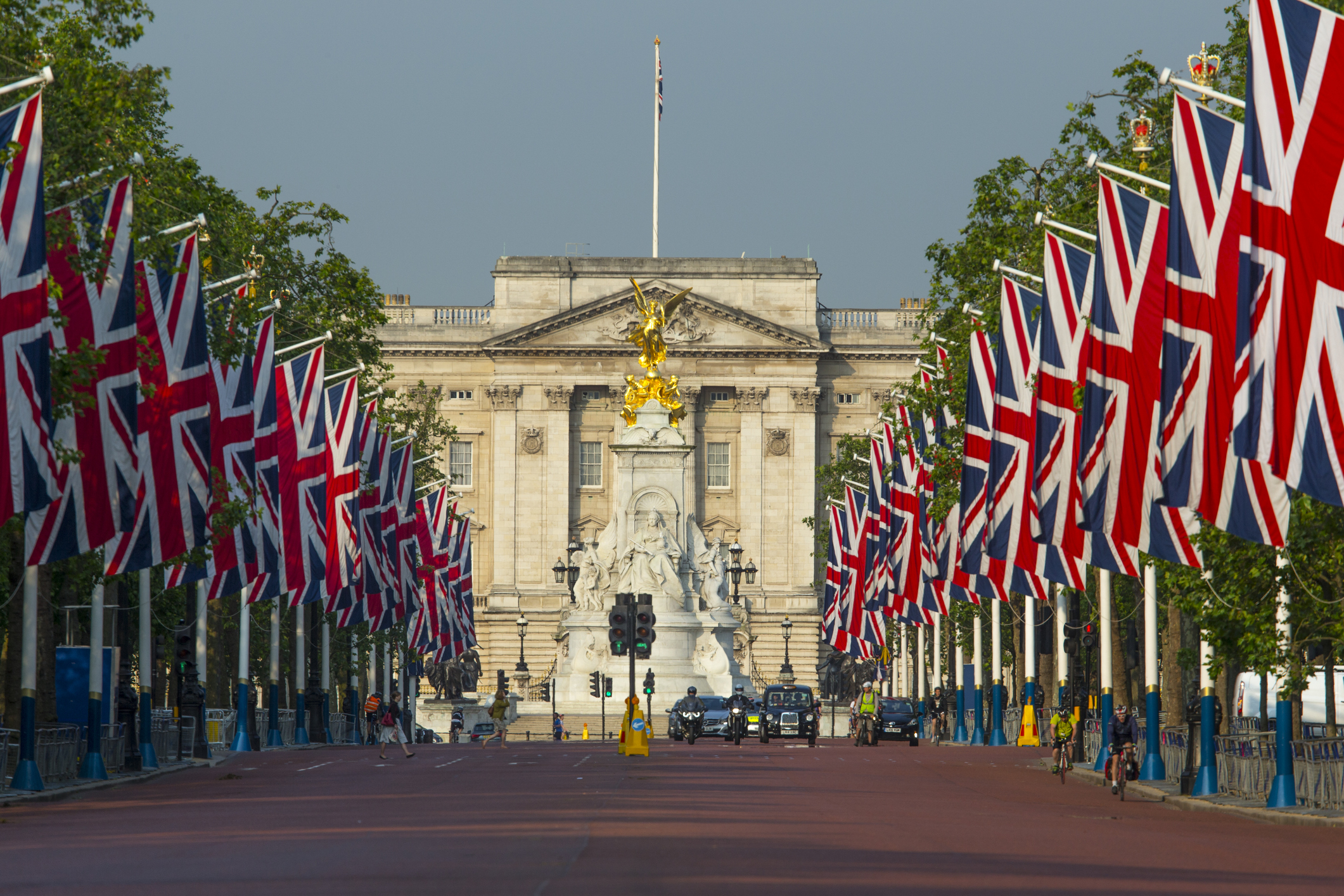Our guide to planting heritage apples
Charles Quest-Ritson plants heritage apples.


You can usually tell when your garden was last given a makeover by the choice of plants you have inherited. Every generation every decade leaves a different legacy of once-fashionable goodies. This was brought home to me when I tried to put names to the four elderly apple trees we inherited in our garden.
Beauty of Bath and King of the Pippins were fairly easy to identify both very popular in the late 19th century and when, eventually, I worked out that the two remaining apple trees were Queen and Grenadier, I realised that our orchard was probably planted in the 1880s.
These four varieties were among the top family favourites towards the end of the 19th century. They’re still good apples for today, although I fear that some of our trees will pass into the great orchard in the sky before too long.
I am a passionate and incorrigible consumer of apples. For me, they are the prince of fruits, the very essence of English kitchen gardens, the most delicious, fascinating and endlessly variable of delectable consumables. I love them all, both delicately and greedily, except perhaps the sour, fluffy whoppers that the English use for cooking. And I have photographed and tasted hundreds of varieties all over Europe with the thought that, one day, I might write a book about them.
One of our first decisions in the new garden was to plant more apples, but we left it a bit late last winter and managed to plant no more than five new trees. There was a reason for it, which was that we wanted to thicken up the remains of the existing orchard so that we had a thick covering of fruit trees not just apples, but plums, too.
The threat of ‘specific replant disease’, which prevents apples, plums (and roses, too) from being planted in old soil where they have recently grown, limited the available spaces. ‘Pomes and drupes’ is the botanists’ mantra you can plant plums where apples were and apples where plums or cherries flourished and we concluded that we had many more spaces for planting new plums (I put in 10) than apples.
Our five new trees are a mixture of old and new varieties. Some really good new apples are being bred for home gardeners, for whom quality is the denominator (commercial apples offer quantity—large, heavy, regular crops every year). We planted three early-fruiting modern varieties on middling-vigour rootstocks that will eventually produce trees that children can climb up.
Sign up for the Country Life Newsletter
Exquisite houses, the beauty of Nature, and how to get the most from your life, straight to your inbox.
Laxton’s Fortune and Scrump-tious are juicy early-season mouthfuls for our sweet-toothed grandchildren and Herefordshire Russet an excellent modern variety with richly aromatic fruit that is best in late autumn.
For our more mature palates, we chose Blenheim Orange, an old variety that the French insist is really called Bénédictin, but reinvented by the English as a putative seedling from the Duke of Marlborough’s kitchen garden. Blenheim Orange is known as a ‘dual-purpose’ apple because you can cook with it or leave its large fruits to ripen and eat it as dessert at Christmas.
Bunyard praises it as ‘an apple from the Augustan age… which set a new standard for quality’, whose rich and nutty flavour is ‘the very attar of apple, unique and inimitable’ and adds, correctly, that it is one of the few apples that are best slightly warmed before eating.
And in went Ashmead’s Kernel, another ancient apple for winter dessert. Not a pretty fruit, it is, nevertheless, the finest of russets for its rich, dry, aromatic taste and its perfect blend of acidity and sweetness. And, like Blenheim Orange, it is as good for tarts as any ‘cooker’.
Our new garden is smaller than its predecessor and we cannot order any more tree-sized apples, but I have a list of some 30 further varieties that I absolutely must grow, from the earliest Irish Peach at the end of July to the best of keepers, Reinette d’Armorique, 12 months later.
I foresee them lining the central path in the kitchen garden pairs of Court Pendu Plat, Kidd’s Orange Red, Laxton’s Superb, Orleans Reinette and Pitmaston Pineapple, grown as cordons on dwarfing rootstocks, kept to one stem and trained at an angle of about 45˚. If you cram them in as close as 2ft apart, you multiply the possibilities.
Country Life is unlike any other magazine: the only glossy weekly on the newsstand and the only magazine that has been guest-edited by HRH The King not once, but twice. It is a celebration of modern rural life and all its diverse joys and pleasures — that was first published in Queen Victoria's Diamond Jubilee year. Our eclectic mixture of witty and informative content — from the most up-to-date property news and commentary and a coveted glimpse inside some of the UK's best houses and gardens, to gardening, the arts and interior design, written by experts in their field — still cannot be found in print or online, anywhere else.

